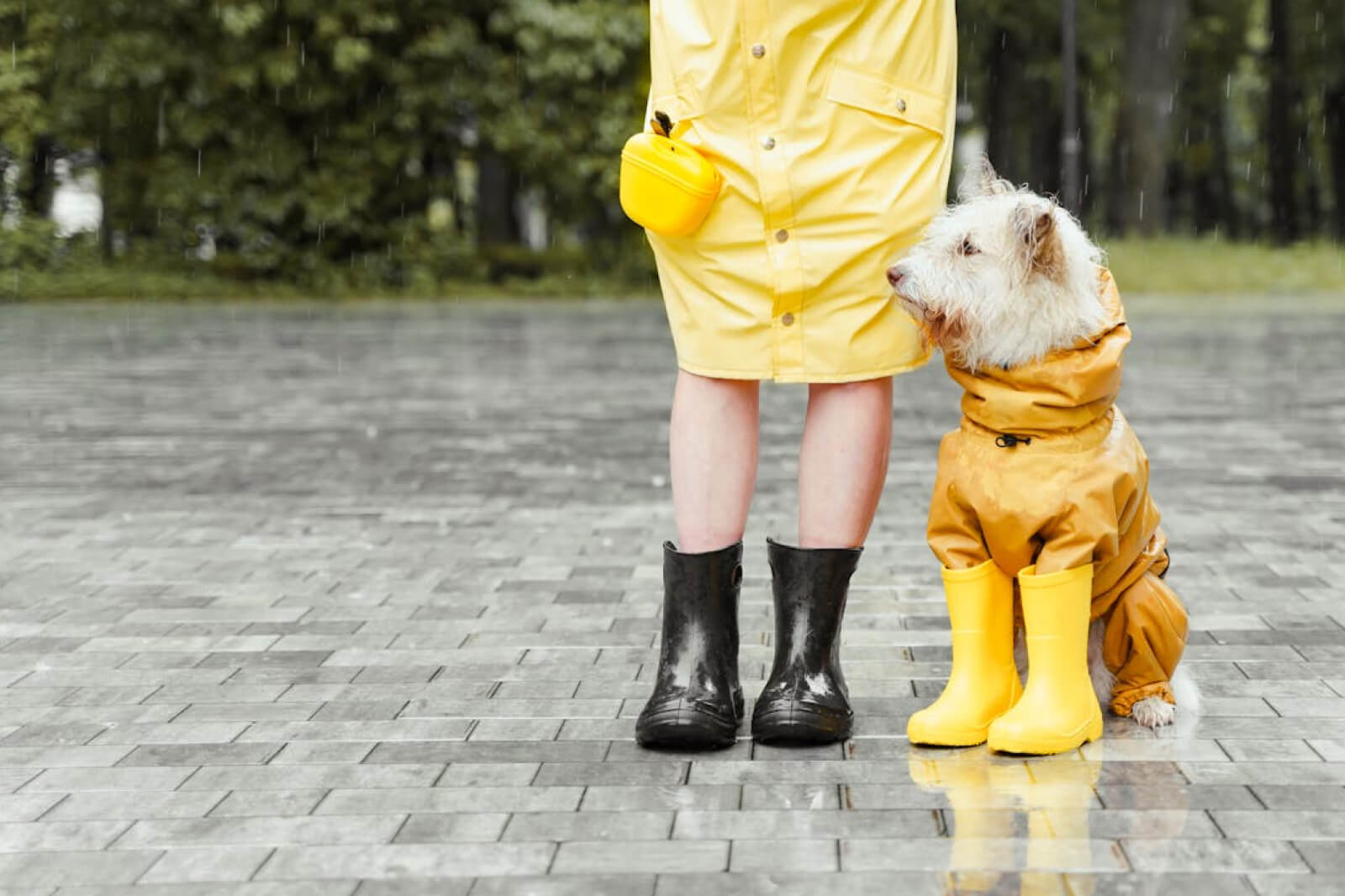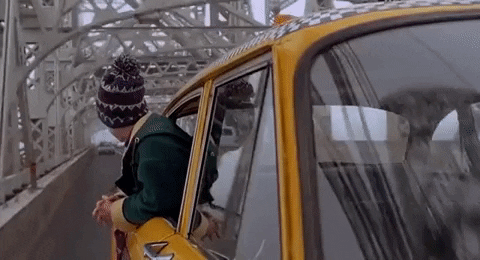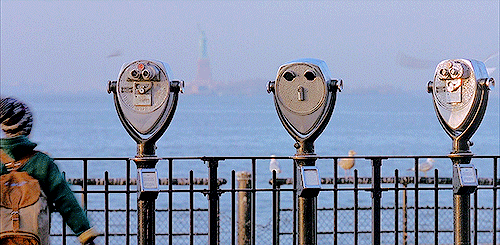
From a Local: Safety Tips for Traveling in NYC


New York is no longer the lawless urban jungle of the 1970s. In fact, in June 2019 crime rates for the five boroughs hit record lows. Unfortunately, gun violence and hate crimes have been rising in the United States at large, and it’s frankly no wonder our cultural interest in true crime media has been dominating our streaming platforms.
But none of that detracts from the allure of The Big Apple. Speaking as a resident for over 11 years, we are far friendlier than people tend to assume; but, we are also a city of 8.4 million people with the residential density of 27,000 people per square mile. Sometimes we’re grumpy. We drink too much coffee. We have all almost been run over by taxis and bicyclists in too-tight bike shorts. Some safety tips advise you to all but tape your personal belongings to your torso, while others blindly tell you to wander off the beaten path to get a taste of the “real New York.” Like all things, the truth lies somewhere in the middle. These are your best safety tips while traveling in New York City.
Airport
When swallowed by the insane hustle that exists at JFK, LaGuardia, and Newark International Airport, don’t get overwhelmed: No one knows where they’re going. As simple as it is, READ THE SIGNS is the best, recurring advice for getting around New York. Whether you’re arriving or departing, follow the basic rules: Always keep an eye on your bags, decline offers to carry your bags for you if it’s not from a clearly identified airline employee, and don’t accept impromptu offers to share rides from a fellow traveler, no matter how friendly they may seem. In the same vein, practice smart stranger danger: Waiting for your flight is boring, and friendly passengers may very well strike up conversations, but never share details about where you’re staying or even that you’re traveling alone. Make up an imaginary friend, if you have to. It’s not rude; it’s just safe.
Taxis/Ubers
We’ve all heard Uber horror stories by now. Safe traveling by paid car includes complete awareness: Who is your driver? When ordering a ride on an app, make sure all of the information verified by your order, from the license plate to the driver’s name, matches the car that appears to pick you up. Ask the driver who they’re picking up before getting in, to be sure (and don’t give your name away first).
If you’re taking a taxi, make sure it’s driven by a real, licensed driver from the NYC Taxi and Limousine Commission. How do you know? “All licensed yellow taxis have a medallion affixed to the hood of the car and each medallion has its individual number,” explains a Public Information Officer. “Medallion numbers consist of a number, followed by a letter, followed by two more numbers. For example, a medallion number could be 4Q88 (this is not an actual medallion number). Besides the hood of the car, the medallion number also appears on the roof-light, license plates, and the left and right side, just behind the rear passenger doors, on the exterior of the vehicle.” Furthermore, the taxi’s license plate should include the medallion number, as well as a NY plate that says “taxi.” Just don’t trust a car simply because it says “Taxi.”

Subway
There’s nothing like people-watching in a subway car. There’s always a child having a tantrum, an elderly woman peeling an orange, and a young dude trying to impress the girl he just sat down next to–and everyone has the right to be there. But again, self-awareness is key on the train. While waiting on the platform, absolutely stay away from the edge. Does every other major city in the world have doors or barriers to stop passengers from falling to an electrified or crushing death? Yes. Does New York? No, no we do not.
As for interacting with fellow passengers, you’ll want to pay attention to the car you’re stepping into. If the car is completely empty, don’t get in it. There’s a reason it’s empty. Whether there’s an odor or an aggressive passenger acting out, you should stay with the herd. When you’re packed into the train like sardines, have patience and take up as little space as possible. At the same time, be aware of your personal belongings, including your pockets. If you’re particularly weighed down with a lot of shopping bags or personal items, do not sit right next to the doors. It’s a targeted spot because it’s easy to grab your things and run out of the closing train doors. If you ever feel uncomfortable, transfer to the car towards the center of the platform; that’s where the conductor is, so you’re not alone. This is an especially good precaution to take when traveling late at night.
Sidewalk
First: Keep walking! At least, if you need to pause, do not stop in the middle of the sidewalk. Simply step aside and let us manic, rushing-for-no-reason speed walkers get ahead of you. We don’t mean any harm in brusquely pushing past you–it’s just a matter of physics. New York is always in motion, and New Yorkers will stay in motion undeterred by taxis, bicyclists, or tourists who just want a picture of the Empire State Building.
Speaking of bicyclists, they will run you over so pay attention, look down, and do not walk in the bike lane. That’s the lane with a drawing of a bicycle. It’s also usually green.
As far as the panhandlers go, they all have their reasons for being there. Some of their stories will be made up, and some will ask for particular things, like food. Be mindful and use your best judgment.
On the other hand, peddlers who stand in the middle of the sidewalk and try to shove things into your hand are always scamming tourists: Once you take the item, they won’t leave you be until you pay for it. Some can be uncomfortably aggressive, so avoid them.
When it comes to buskers, follow this very important rule: If they sound good, give ’em a buck, why not?
General Tips
Just ask for directions! If you’re very wary of being tricked, ask a cashier or clerk in a store. Like any city, some areas of New York City are less safe than others. The bright side: Technology is on your side. Crime rate apps or message forums or blogs will let you know that some neighborhoods are less tourist-friendly, like Alphabet City, the Lower East Side, or Hell’s Kitchen.
The bottom line: Stay aware, and don’t be afraid to ask questions. If you can make it here…then congratulations, you’re one of 8.4 million other New Yorkers.





